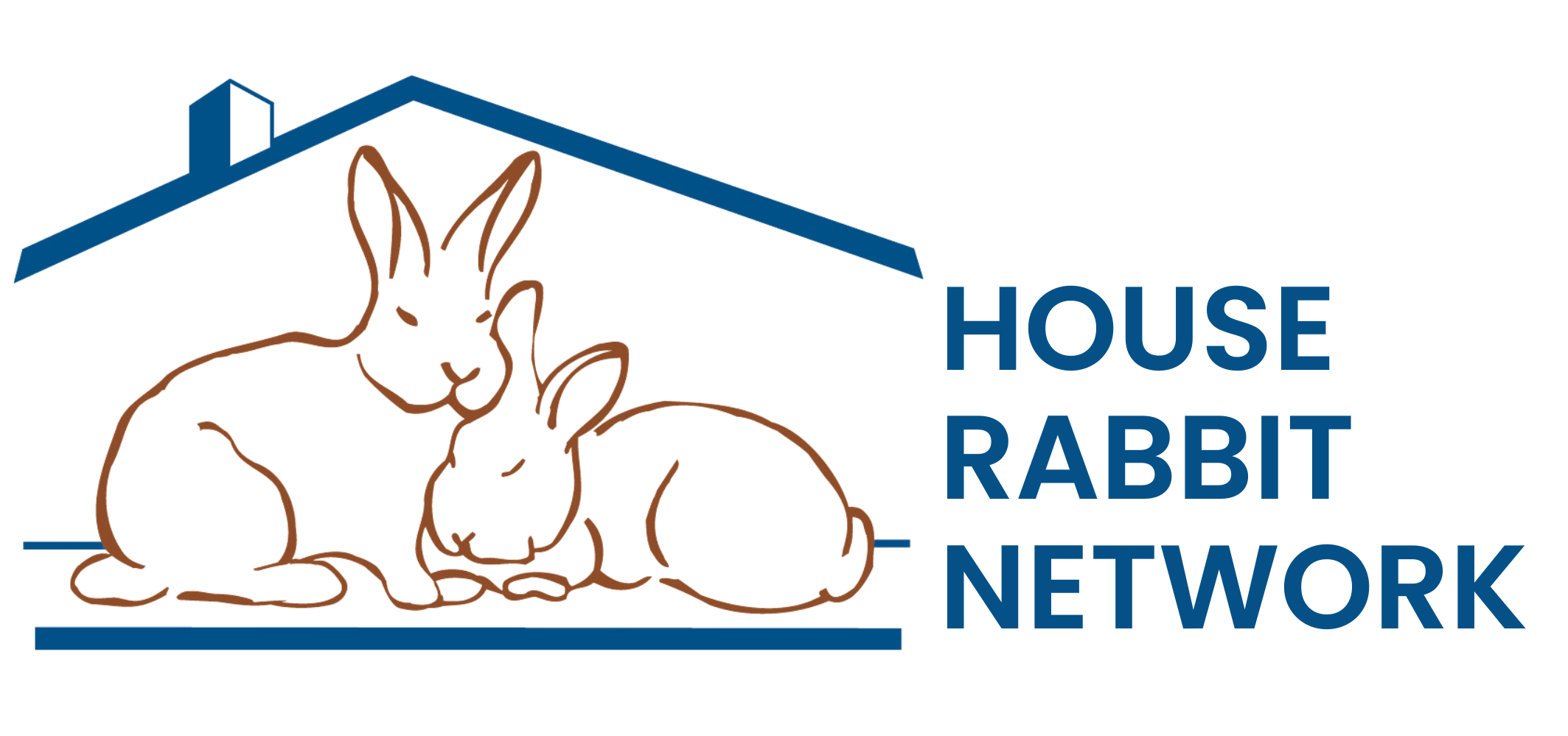Weight Watching for Rabbits
Your rabbit friend is, in essence, an adorable bundle of fur and personality wrapped around a most immense and complex digestive system. Because the rabbit gut is so specialized and eating is so central to the rabbit’s life and well-being, a healthy diet is key to a healthy rabbit. A whole 40% of the rabbit’s digestive tract consists of the cecum, a large fermentation vat where all fibrous food is processed into useable energy (the human appendix is the pathetic remnant of our glorious evolutionary ties to a common ancestor). The rabbit’s digestive system is evolved to eat only grass and vegetable matter- the farther you stray from its design specifications, the more trouble the bunny gets into. Plenty of good quality hay for roughage should be the major portion of your rabbit’s diet, and many rabbits can live well with just hay to eat. Sounds boring, so we add in tons of greens and veggies, pelleted diets, and sneak in treats like Cheerios and fruit.
As a result, the most common GI problem in rabbits is obesity, which causes a number of health difficulties in rabbits. First, an unhealthy (and unnatural) diet leads to chronically softer stools, as the gut is not good at handling the refined foods being fed. In addition, the rabbit has a difficult time eating cecotrophs (fermented feces from the cecum, important for their vitamins and healthy gut bacteria) directly from the anus, tipping over as they try to reach around. This results in smeared floors and is one of the causes of the affliction kindly known as “poopy butt”. Female rabbits will also grow an enormous dewlap, which may become chronically wet from drinking and develop skin infections. Some rabbits suffer from arthritis with age, and being overweight only makes the problem come on earlier and with greater severity. Luckily, it does not seem that rabbits are susceptible to the endocrine disorders humans develop in obesity, like type 2 diabetes. However, maintaining a healthy weight will help your rabbit live a longer, healthier and happier life.
Ideally, you should weigh your rabbit every month or so, and note any weight changes. Steady weight gain points to a needed diet change, while unexpected weight loss can be an indicator of illness. Having lived with a bunny that weighed 19 1/2 pounds at one point, I have intimate experience with scrubbing floors and bathing a kicking bunny’s derriere. However, by eliminating pellets and feeding only hay, a dinner salad of greens, and some vegetables as a treat, my adorable sweet bunny lady managed to drop down to the fit weight (for a Flemish Giant) of 14 pounds. She had more energy, the floors and her bottom were clean, and she could finally see her feet and hurl herself into the air in a “binky”.
How do you know if your bunny is fat? Many house rabbits are, and they are not at all embarrassed by it! Rabbits store fat inside their abdomen, which makes just eyeballing them for love handles ineffective. Run your hands along your rabbit’s side, feeling the rib cage. When you reach the end of the ribs, your should be able to feel a slight inward slope, the waist. Fat bunnies will balloon out instead. Remember that the ribs are palpable in even quite obese rabbits, so don’t let your bunny fool you into more snacks!
The key to diet change and weight loss is to do it GRADUALLY. Any fast weight loss will risk doing major, sometimes fatal, damage to the liver as it becomes clogged with fat. Slowly wean your rabbit off pellets, reduce starchy vegetables like carrots but always make sure your bunny has plenty of hay. Provide your bunny with lots of exercise time and toys. Not only will your rabbit look like a supermodel, and be fit as a triathlete, but they’ll feel great and hopefully be snuggling with you for years to come.
©Astrid M. Kruse, DVM
